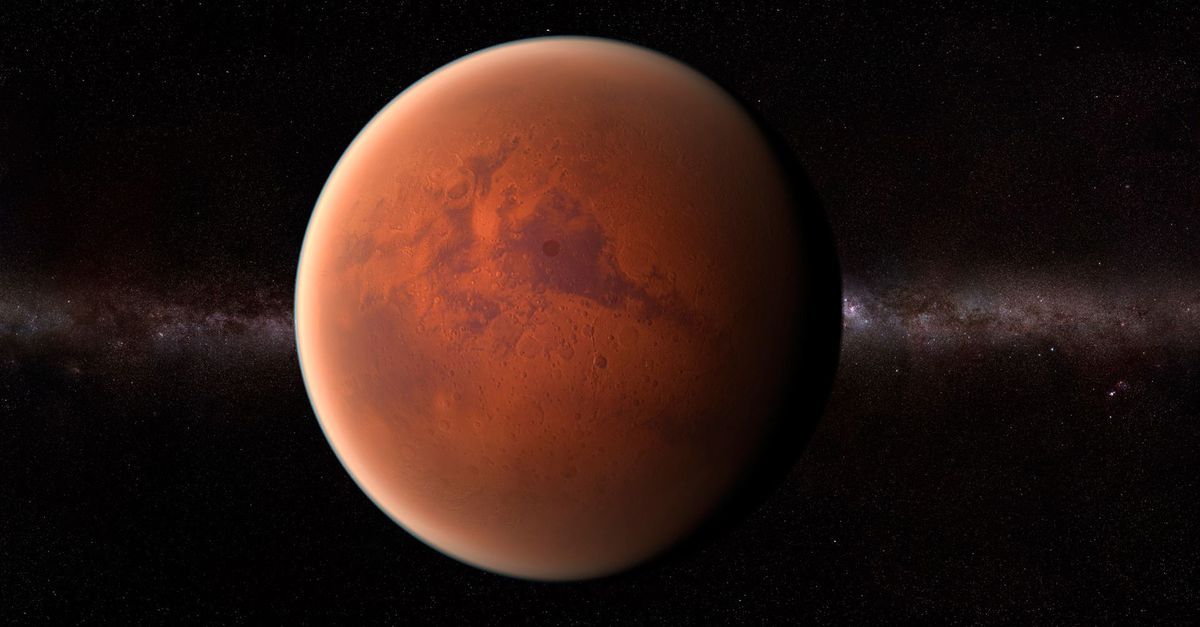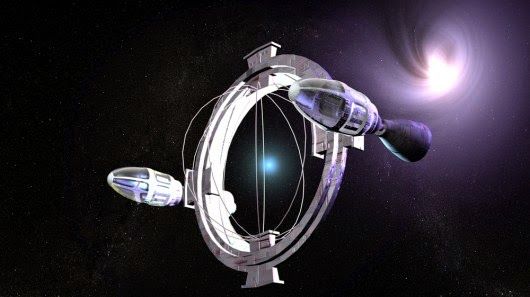Page 11670
Aug 29, 2015
Boeing’s new laser canon can destroy drones in mid-flight
Posted by Shailesh Prasad in categories: drones, habitats, military, space
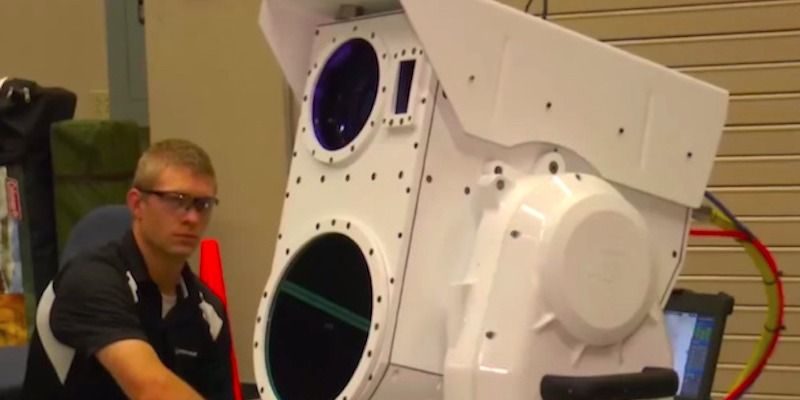
Drones are everywhere these days. They’re at your local park, they’re in the ocean, they’re hovering over the White House lawn, and they may even be hovering overhead armed with tear gas.
In a world that’s becoming increasingly drone friendly, there are some serious safety considerations that shouldn’t be ignored.
Continue reading “Boeing's new laser canon can destroy drones in mid-flight” »
Aug 29, 2015
Apple, Boeing, MIT, and more partner with Pentagon to improve flexible electronics
Posted by Shailesh Prasad in categories: electronics, health, military

https://youtube.com/watch?v=IYfD4sXahJI
A consortium of top tech companies, laboratories, and universities is partnering with the Department of Defense to improve the manufacturing of flexible electronics, which could one day end up in aircraft, health monitors, military tools, or consumer electronics like wearables. The department is awarding the consortium, known as the FlexTech Alliance, $75 million over five years, with other sources, including universities, non-profits, and state and local governments, contributing an additional $96 million.
The consortium is composed of well over 100 organizations, with key partners including Apple, Boeing, GE, GM, Lockheed Martin, Motorola Mobility, and Qualcomm, among many others. Partnering universities include Cornell, Harvard, Stanford, NYU, and MIT, also among many others.
Aug 29, 2015
The algorithm that can learn to copy ANY artist
Posted by Shailesh Prasad in category: information science
Researchers fed their system a series of old masters — and it turned a modern day snap into perfect pictures in the style of some of the world’s best known paintings.
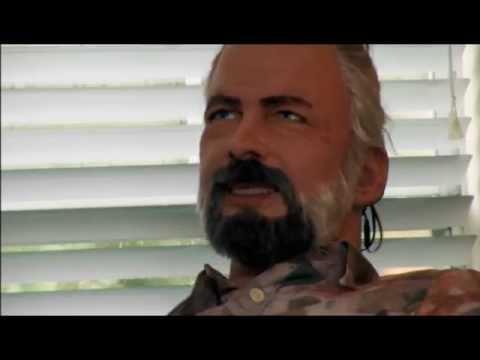
An excerpt from PBS “NOVA science now”: “AI robot that learns new words in real-time tells human creators it will keep them in a “people zoo” #BladeRunner #TuringTest #AI #Robotics
Freaky AI robot, taken from Nova science now, here’s the full episode, enjoy bigsmile
http://video.pbs.org/video/1801365037
Also yay for me, 2 videos in one day bigsmile bigsmile
Aug 28, 2015
Terminator-style ‘skin’ quickly repairs itself after a gunshot | New Scientist
Posted by Shailesh Prasad in categories: habitats, materials, space
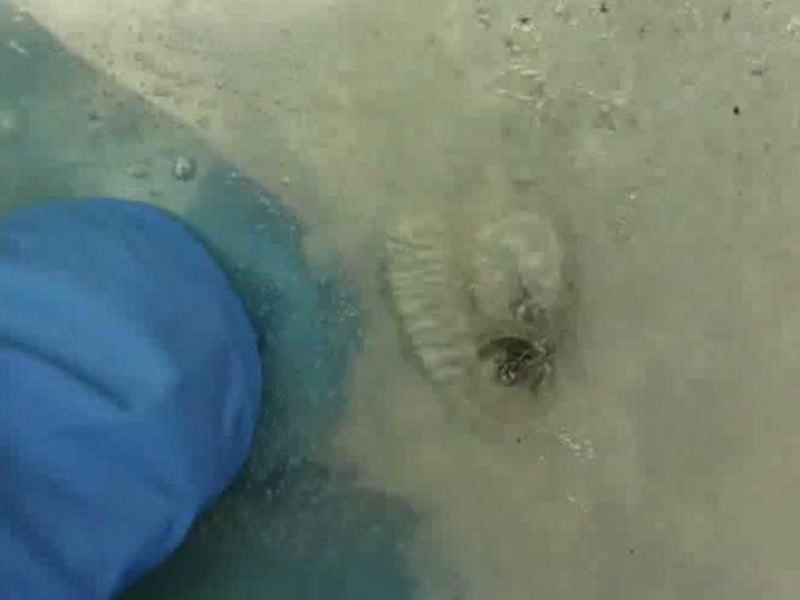
Other self-healing plastics exist, but they take much longer to repair themselves. The ability to instantly plug holes could be especially useful to protect structures in space, where flying objects can puncture spacecraft or orbiting habitats. The plastic could be incorporated into their walls, creating a seal if the atmosphere inside a vessel starts to leak out, putting astronauts at risk.
Other fabrics take a different approach: stopping projectiles altogether. A futuristic tissue combining human skin cells with spider silk can cushion a gunshot when fired at half speed. Pure graphene, which is made up of layers of carbon one-atom thick, is being investigated for use in bulletproof armour because it can handle blows better than steel.
Continue reading “Terminator-style 'skin' quickly repairs itself after a gunshot | New Scientist” »
Aug 28, 2015
New experiment verifies quantum spookiness
Posted by Shailesh Prasad in category: particle physics
A new experiment provides the most robust proof that quantum mechanics doesn’t follow the rules we take for granted in everyday life.
Aug 28, 2015
Say it ain’t so: 6 Mars hoaxes you keep falling for
Posted by Sean Brazell in category: space
Aug 28, 2015
16 Things You Probably Never Knew About The Short Circuit Movies
Posted by Sean Brazell in categories: entertainment, robotics/AI

Right now, we’re falling in love with BB-8 from Star Wars—and yet, there’s still a special place in our hearts for Johnny Five, the robot from the Short Circuit films. But how much do you actually know about these films? Check out this video, featuring 16 electrifying facts about the making of this duology.
Aug 28, 2015
Physics-Astronomy: NASA’s Warp-Drive Solution for Faster-Than-Light Space Travel
Posted by Shailesh Prasad in categories: materials, space travel, time travel
Agreeing to state-of-the art theory, a warp drive might cut the travel time between stars from tens of thousands of years to only weeks or months. Harold G. White, a physicist and innovative propulsion engineer at NASA and other NASA engineers are working to regulate whether faster-than-light travel — warp drive — might soon be possible. The group is trying to some extent warp the course of a photon, altering the distance it travels in a definite area, and then detecting the change with a device called an interferometer.
In 1994, a Mexican physicist, Miguel Alcubierre, speculated that faster-than-light speeds were conceivable in a technique that did not deny Einstein by binding the growth and reduction of space itself. Under Dr. Alcubierre’s theory, a ship still couldn’t surpass light speed in a native region of space. But a theoretical thrust system he sketched out operated space-time by producing a so-called “warp bubble” that would inflate space on one side of a spacecraft and contract it on another.
Image source: With thanks to Shutterstock.com.

